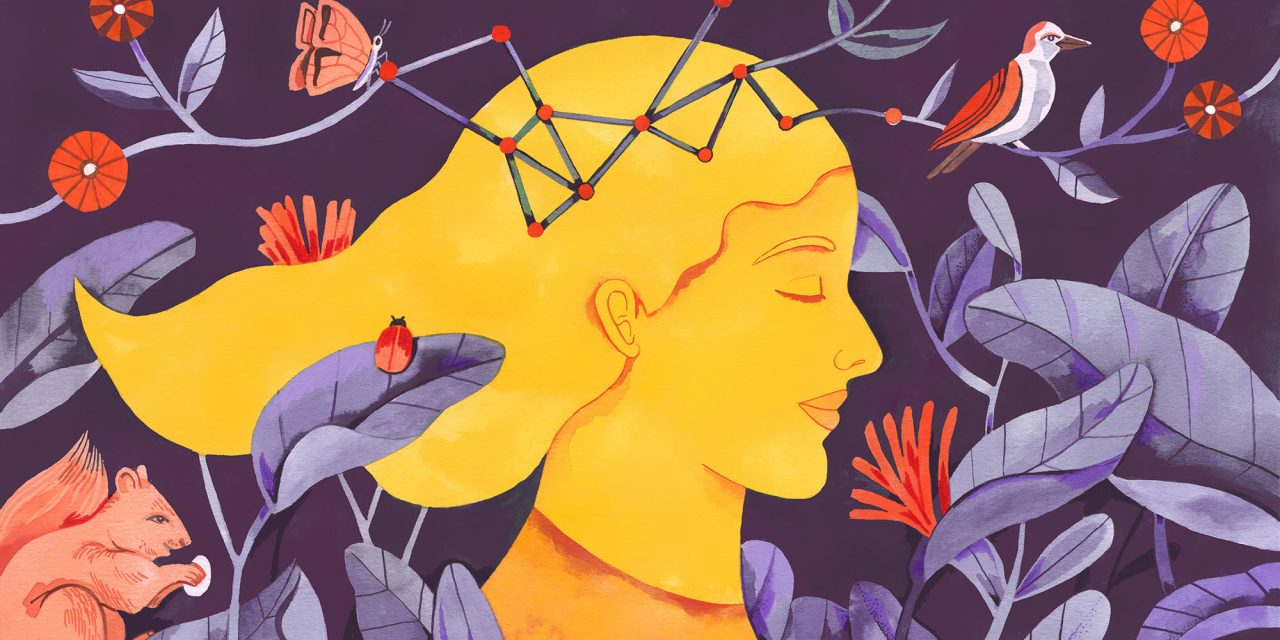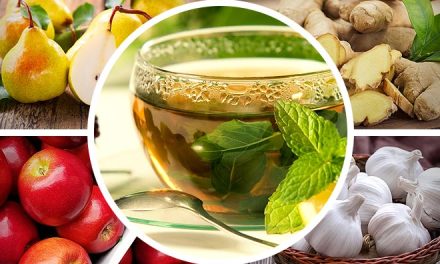Provence, the enchanting French wine region, paints a picturesque landscape that has captivated wine enthusiasts for centuries. With a winemaking legacy spanning 2600 years, Provence basks in the southern French sun, crafting exceptional wines celebrated worldwide. Specializing in rosé wines, Provence’s diverse terroir, featuring varying altitudes and soil types, contributes to the creation of some of the world’s finest pink wines.
The Rosé Renaissance in Provence
Provence has embraced rosé winemaking, making it a hallmark of the region. In Côtes de Provence, Coteaux d’Aix en Provence, and Coteaux Varois en Provence, a staggering 90% of wines produced are rosé. Uniquely Provençal, rosé is a blend of grapes, including Grenache, Cinsault, Syrah, Mourvèdre, and even Cabernet Sauvignon. Each grape variety lends its distinct expression, offering a delightful exploration of flavors with every sip.
The Grape Varieties of Provence
Provence’s major wine regions—Côtes de Provence, Coteaux d’Aix en Provence, and Coteaux Varois en Provence—boast distinct terroirs and grape varieties, resulting in a diverse wine portfolio. Grenache contributes ripe fruit characters with hints of red berries and spice, adding body and intensity. Cinsault, known for its aromatic qualities and vibrant acidity, brings delicate fruit flavors and finesse. Syrah, adding depth and structure, introduces dark berry notes, subtle spice, and earthiness.
The artful blending of these grapes creates wines celebrated for their elegance, balance, and vibrancy. Whether it’s the lush fruitiness of Grenache, the vibrant acidity of Cinsault, or the complexity of Syrah, Provence wines offer a harmonious symphony of flavours.
The Art of Living a Rosé-y Life
Rosé in Provence is not a fleeting trend; it’s a way of life. With an increasing number of wine enthusiasts gravitating towards pink wines year-round, Provence’s Rosé wines transcend rituals. Whether enjoyed with a gourmet meal or savored on its own, a bottle of Provence Rosé captures the essence of the region in every drop. The unique perspectives of each grape variety and region add layers of complexity to every sip, creating an artful experience of living a rosé-y life.
A Glimpse Into Provence’s Wine Selection
Provence’s winemaking history, dating back to the Phoceans of ancient Greece, has evolved through various historical periods. From the Roman expansion to the winemaking perfection of the French Middle Ages, Provence has been at the forefront of shaping modern winemaking.
The recognition of three large AOC (Appellation d’Origine Contrôlée) regions—Côtes de Provence, Coteaux d’Aix en Provence, and Coteaux Varois en Provence—showcases Provence’s commitment to a unique winemaking style and a sense of place. These regions, recognized in 1977, 1985, and 1993, respectively, are actively working towards crafting delicious, cellar-worthy Rosé wines while embracing sustainability practices such as ACV (Agroforestry Crop Certification) and HVE (High Environmental Value) Certification.
The HVE Certification rewards sustainable agricultural practices, focusing on limited pesticide use, water management, and biodiversity protection. ACV, the French version of the Life Cycle Assessment, encourages a holistic winemaking approach that includes agroforestry, regenerative farming, and circular agriculture.
Author Introduction: Pritish Kumar Halder
Pritish Kumar Halder, a connoisseur of the intersection between technology and daily life, brings a keen interest in the rich world of Provence wines. As a tech enthusiast and explorer, Halder guides readers through the evolving landscape of winemaking in Provence. With insightful discussions, he aims to empower individuals to appreciate the complexities of each sip and the historical significance that shapes the wines we enjoy today.







Hello Neat post Theres an issue together with your site in internet explorer would check this IE still is the marketplace chief and a large element of other folks will leave out your magnificent writing due to this problem